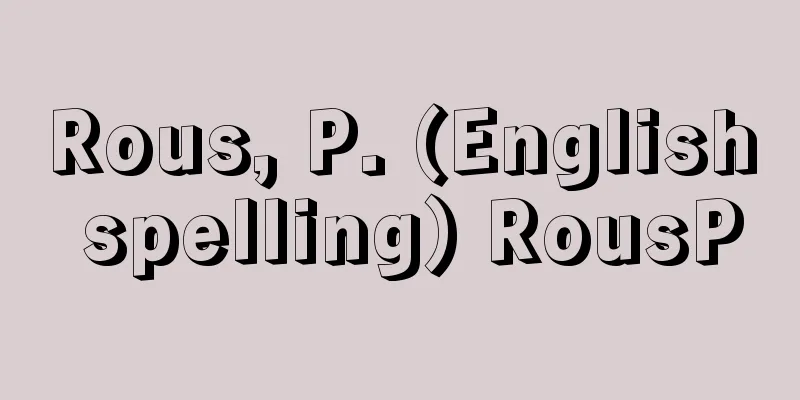Cloud Dream Chin Slips - Unbo Shinkan

|
… Traditionally, the Qin Empire has been said to have adopted a strict system of punishment based on legalist thought, but there are few historical documents remaining about the content of Qin laws. However, in 1975, more than 1,000 bamboo slips, the Yunmeng Qin Slips, estimated to date back to the period just before the unification of the Qin Dynasty, were discovered in Suihudi, Yunmeng County, Hubei Province, and some of the actual conditions of the Qin Code became clear (Suihudi Qin Tomb). For example, it has been said that Shang Yang created the Six Vinaya Code based on the six chapters of the Fa Jing (Book of Law) written by Li Si of Wei, and that these were then absorbed into the Nine Chapters of the Han Dynasty. However, the Yunmeng Qin Slips clearly state the names of over 20 types of codes, and it has become necessary to acknowledge the existence of additional codes in addition to the Six Vinaya Code. … From the Tomb of the Suihu Diqin…As a result, 12 tombs were excavated and many grave goods were obtained (see the entry on Yunmeng). The grave goods included 387 items of utensils made from lacquer, copper, iron, ceramics, bamboo, and wood, as well as stationery. In addition, more than 1,100 bamboo slips (Yunmeng Qin slips) written in clerical script were discovered in the coffin of Tomb No. 11. Based on the inscriptions on the bamboo slips, the lord of Tomb No. 11 is believed to have been a low-ranking county official in charge of legal and document-related matters, named Xi, who died in the 30th year of the reign of Emperor Qin Shi Huang (217 B.C.). … *Some of the terminology used in the Yunmeng Qinjian manuscripts is listed below. Source | Heibonsha World Encyclopedia 2nd Edition | Information |
|
… 従来,秦帝国は法家思想に基づき厳刑主義を採用したとされているが,秦の法律の内容について残されている史料はほとんどなかった。ところが1975年に湖北省雲夢県睡虎地から統一秦直前の時期のものと推定される竹簡〈雲夢(うんぼう)秦簡〉が1000枚以上発見され,秦律の実態の一部が明らかとなった(睡虎地秦墓)。たとえば,これまで秦の法律は,商鞅が魏の李悝(りかい)が作った《法経》6編を基にして〈六律〉を作り,それが漢の〈九章律〉に吸収されたといわれてきたが,雲夢秦簡には二十数種の律名が明記されており,六律のほかに付加法としての律の存在を認めねばならなくなった。… 【睡虎地秦墓】より…その結果,12座の墓を発掘し多くの副葬品を得た(〈雲夢〉の項目参照)。副葬品は,文房具をはじめ,漆,銅,鉄,陶,竹,木などで作った器物387点のほか,11号墓の棺の中から隷書で書かれた1100余枚の竹簡(雲夢秦簡)が発見された。この11号墓の墓主は,竹簡の記載から法律・文書関係を担当する県の下級官吏で,名を喜といい,秦始皇帝30年(前217)に死亡したことが推定される。… ※「雲夢秦簡」について言及している用語解説の一部を掲載しています。 出典|株式会社平凡社世界大百科事典 第2版について | 情報 |
>>: "Unpo Irohashu" - Unpo Irohashu
Recommend
Genus: Timothyrium
...The Japanese name means "Awa-gaeri" ...
Kaokai - Kaokai
…He was active as a Confucian scholar a little la...
Self-excited oscillation
Vibration that is excited, grows, and continues in...
Onmyouryo - Onmyoryo
An office under the Taiho and Yoro codes. It was ...
Muramasa
Date of birth and death unknown. A swordsmith fro...
Chrysotile
...A general term for natural inorganic fibrous m...
"Kanazukai Iken" - Kanazukai Iken
…But he was also sensitive to the realities of th...
Fuji Television Network, Inc. - Fuji Television Network
A private television broadcasting company establis...
Chromel
…It is an alloy whose main component is nickel (N...
hypokrites (English spelling)
...It is believed that a transition from collecti...
Tofukuji Temple - Tofukuji
This is the head temple of the Rinzai sect Tofuku...
Volk (English spelling)
A German word meaning nation, nation, people, or p...
Tyr (English spelling)
...According to Gylfaginning in Snorri Sturluson&...
Women's school magazine
A magazine for women's enlightenment. From Ju...
Polar coordinates
Coordinates expressing a point on a plane by the ...









